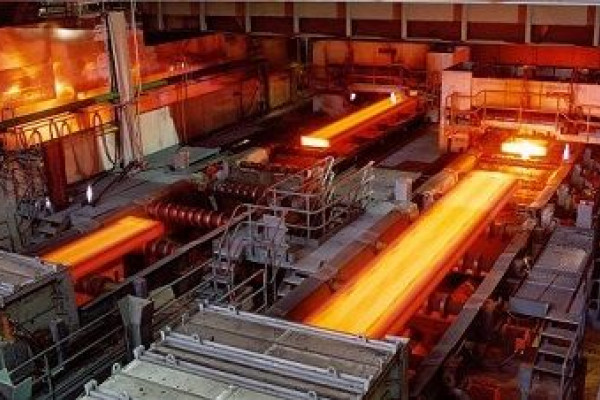26 Dec 

Posted By
0Comment(s)
266View(s)
The main problem with the steel design can be attributed to the imbalance in the supply and supply chain, which begins in the order of iron ore, followed by concentrate, pellets, sponge iron and billets and other steel products. Be. According to the Steel Balance or Compensation Plan, which was unveiled in February 2011, which is set to reach 5 million tons of crude steel in year 2, it is now possible to say, according to the ongoing plans. This capacity is likely to be feasible, but if such capacity is met, the supply of iron ore, concentrate and pellets that meet the required capacity will face challenges, as in the past year the problems of supplying raw materials have become more complex. And this year it has faded as the situation has improved, but there is still a problem with the supply of raw materials and indeed the imbalance in the chain.
However, the private sector in the middle and end of the production chain needs raw material supply units that are part of the production chain to supply their own raw materials, most of which are government-owned or so-called private and public entities. However, sometimes the price offered at the selling price of the final product has no economic justification or advantage for the manufacturer. On the one hand, the steel pricing system needs a major overhaul. In this regard, it should be noted that, based on the nominal capacity of 5 million tonnes of crude steel, we will be faced with a shortage of 2% iron ore concentrate, 2% pellets and 2% sponge iron. This will affect the price of the rebar, the price of the beam, the price of hot and cold sheets, and so on.
However, the private sector in the middle and end of the production chain needs raw material supply units that are part of the production chain to supply their own raw materials, most of which are government-owned or so-called private and public entities. However, sometimes the price offered at the selling price of the final product has no economic justification or advantage for the manufacturer. On the one hand, the steel pricing system needs a major overhaul. In this regard, it should be noted that, based on the nominal capacity of 5 million tonnes of crude steel, we will be faced with a shortage of 2% iron ore concentrate, 2% pellets and 2% sponge iron. This will affect the price of the rebar, the price of the beam, the price of hot and cold sheets, and so on.


Leave a Comment